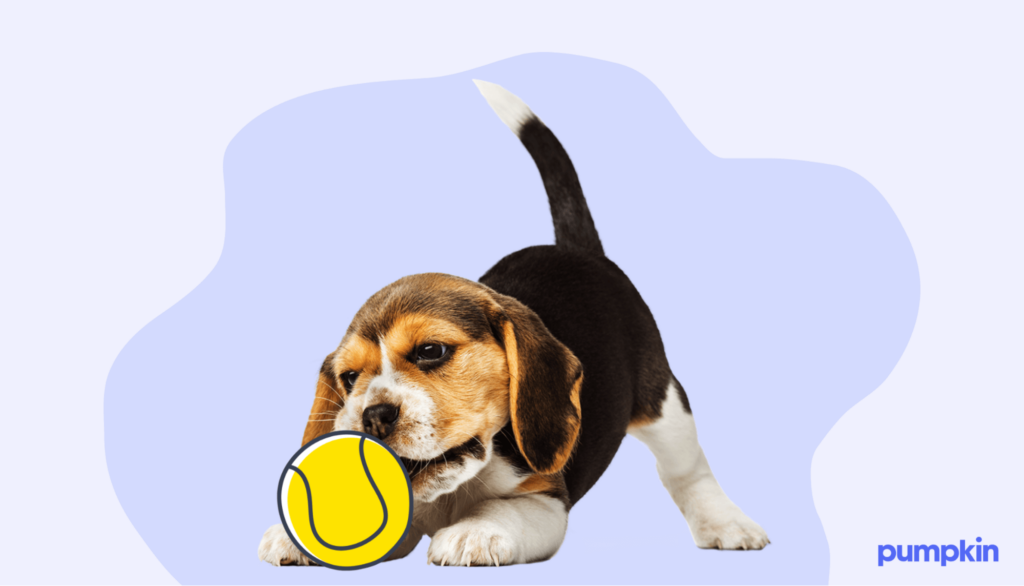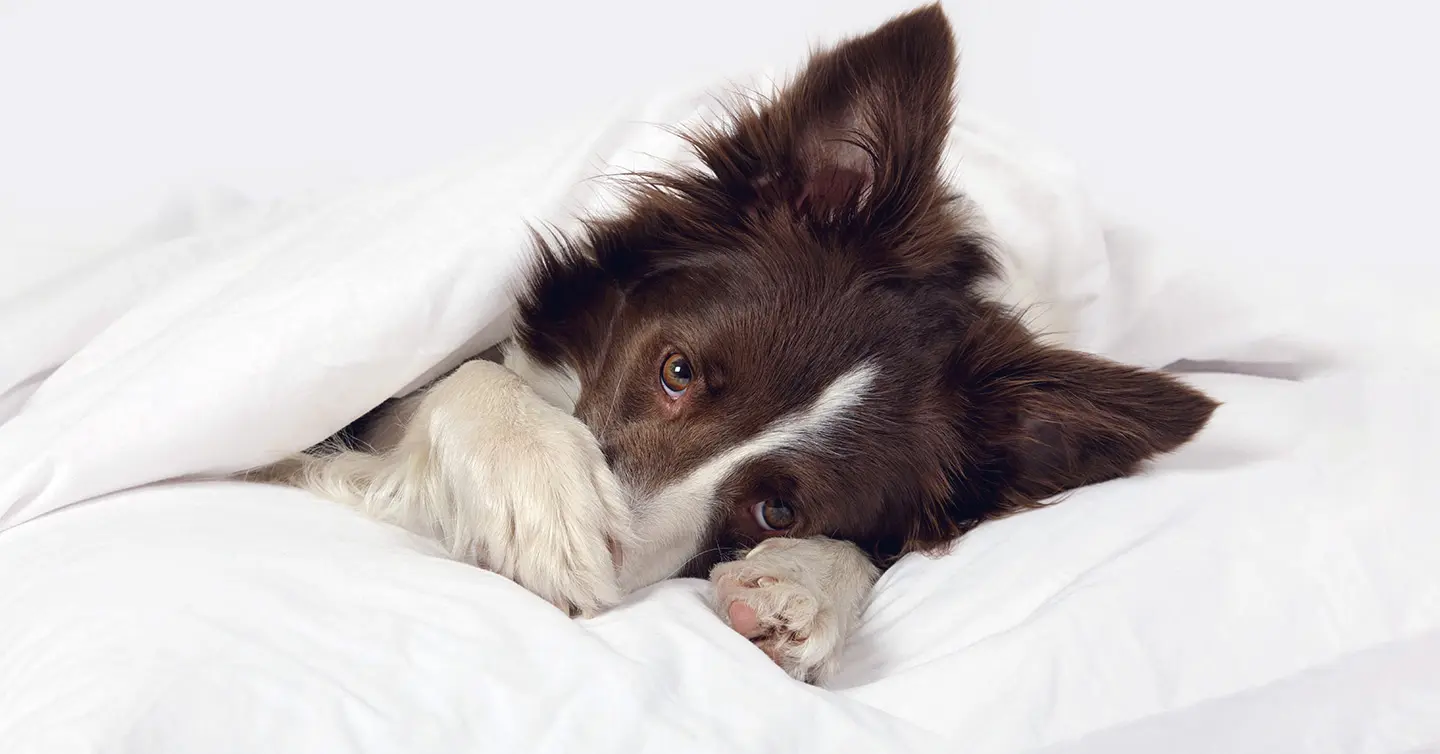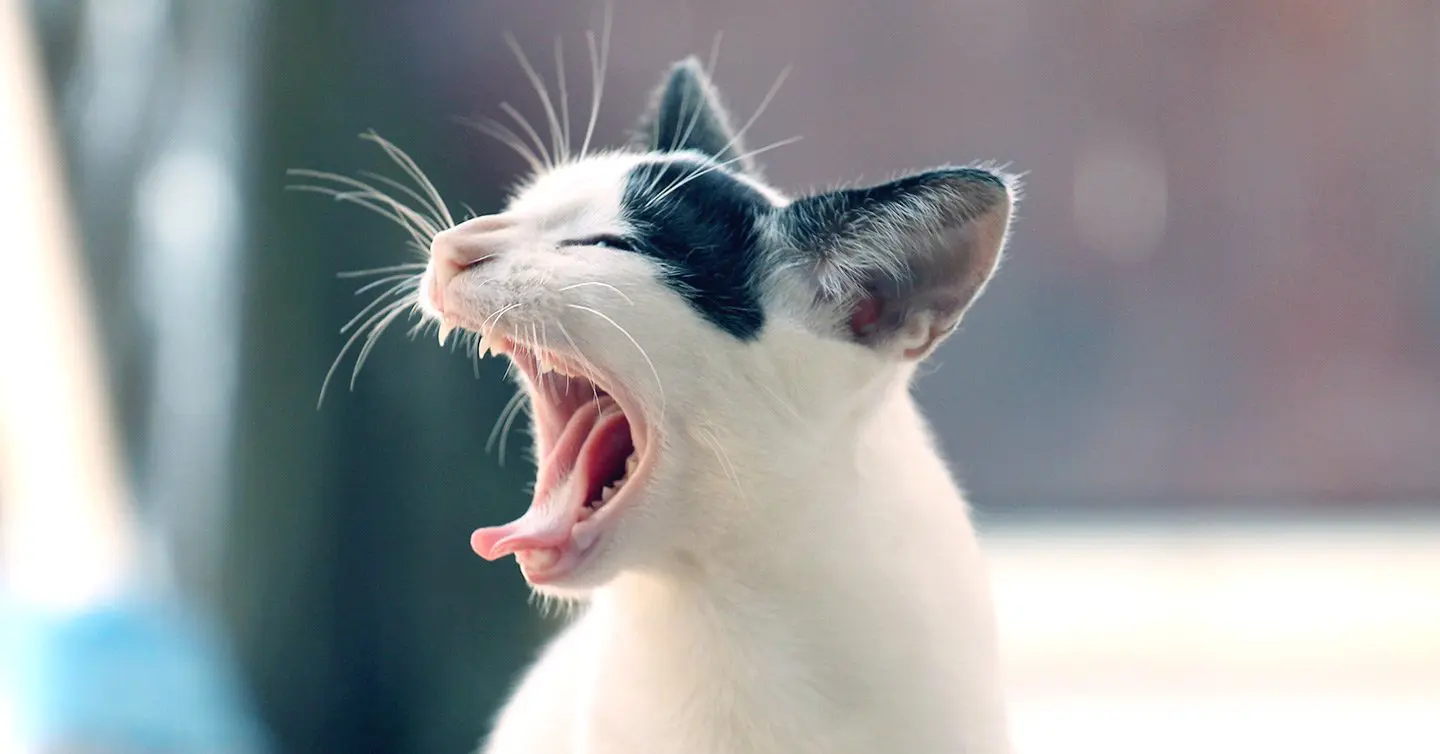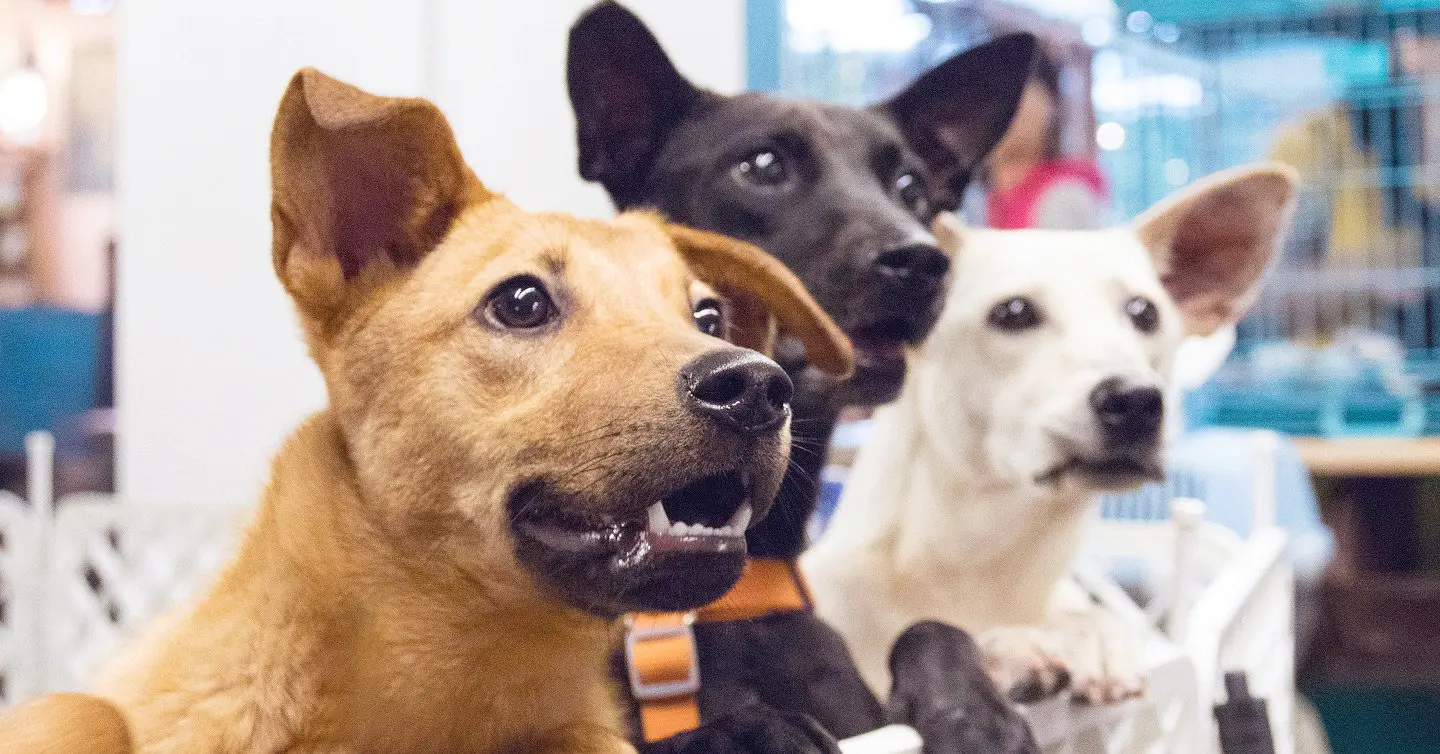Key Points
- Dogs lick for lots of reasons, like exploring, showing love, or soothing themselves.
- Excessive licking could signal anxiety, allergies, or even pain.
- Understanding your dog’s licking habits and working with your vet can help keep them happy and healthy.
Does your dog think the world is one big popsicle? Licking is often your pup’s way of showing love — or exploring that weird spot on the couch. But why do some dogs seem to lick everything?
Licking is a completely natural behavior for dogs. It serves a variety of purposes, including grooming, exploration, and stress relief. For example, maybe your pup licks their paws after a walk or can’t resist giving you a few licks when they’re excited.
While this is usually harmless, excessive or obsessive licking can point to underlying issues like anxiety, allergies, or pain. The key is understanding when it’s okay, when you might need to redirect the behavior, and when it’s time to call the vet.
1. Exploring the environment
Dogs experience the world differently than humans, using their heightened sense of smell and taste to gather information. Licking helps them learn about their surroundings, whether it’s investigating a new scent on the floor or figuring out what’s stuck to your shoe. It’s their version of asking, “What’s this?” or “Where have you been?”
2. Entertainment
When dogs lack mental stimulation or physical activity, they might resort to licking to keep busy. It’s their way of passing the time if toys or other activities aren’t available. If you catch your pup licking excessively, it might be time to introduce new toys, puzzles, or exercises.
3. Stress relief
In moments of stress, dogs often lick as a self-soothing ritual. It’s similar to how humans might pace or tap their fingers. Whether it’s a trip to the vet or loud fireworks, licking helps them regain a sense of calm.
4. Sign of affection
Licking is a way for dogs to bond with those they care about, whether it’s their pet parents, another pet, or even a favorite blanket. It’s their version of saying “I love you” and building trust within the pack. These affectionate licks are usually gentle and directed toward familiar faces or paws.
5. Tastes or smells good
Dogs are drawn to intriguing tastes and scents. A salty hand, a crumb-covered couch, or even the lingering smell of a meal on the table can tempt them to lick. Sometimes it’s curiosity, and other times it’s pure delight in discovering a flavor they love.
6. Attention-seeking behavior
Licking can be your dog’s way of saying, “Notice me!” Whether they want a cuddle, playtime, or just some eye contact, a persistent lick often gets your attention. Dogs quickly learn that licking is an effective way to interact with their favorite humans.
7. Allergic reaction
Allergies — whether triggered by food or the environment — often lead to itchy skin that drives dogs to lick themselves excessively. This licking might start as a way to soothe irritation but can result in worsened redness or even infections. If your dog licks incessantly and shows skin redness, a vet visit can help pinpoint the allergen.
8. Skin infections or parasites
Hot spots, fungal infections, and parasites like fleas or ticks irritate the skin and prompt constant licking. Dogs may also nibble or scratch the affected areas. If the licking is focused and accompanied by redness, hair loss, or scabs, inspect the area for signs of infection or pests and consult your vet for treatment options.
9. Pain or discomfort
Dogs experiencing pain from injuries, joint inflammation, or arthritis often lick the area in an attempt to self-soothe. For example, a dog with a sore leg may lick the joint obsessively. If the licking is localized or coupled with signs of limping or stiffness, it may be time for a vet checkup to identify the issue.
10. Gastrointestinal issues
An upset stomach, nausea, or acid reflux can lead to unusual licking behaviors, such as licking surfaces or their own fur. This might be their way of coping with discomfort. Watch for additional signs like drooling, vomiting, or a change in appetite, and consult your vet to determine the underlying issue.
11. Anxiety
You wouldn’t be the first pet parent to wonder, “Why does my dog lick everything when they’re stressed?” Well, you may have answered your own question.
Stress and anxiety from environmental changes or separation from loved ones can trigger excessive licking as a self-soothing behavior. Your dog may focus on objects, themselves, or even you during these moments. Creating a calming space, introducing enrichment toys, or consulting with a vet for additional strategies can help ease their anxiety and reduce the licking.
12. Obsessive-compulsive disorder (OCD)
Repetitive licking of paws, objects, or their own bodies can be a sign of obsessive-compulsive disorder (OCD). This behavior might stem from stress, boredom, or genetic predisposition. Over time, it can worsen and lead to raw spots or fur loss. A vet or animal behaviorist can help you find the reasons for this habit and make a treatment plan for your pup.
When licking becomes a problem
Dog licking is almost always a harmless behavior, but there are times when it can signal something more serious. If your dog is licking their own skin excessively, it’s important to monitor the situation.
Here are some signs that licking might be a cause for concern:
- Persistent licking that distracts your dog from playing, eating, or sleeping.
- Redness, swelling, or raw spots on the skin from excessive grooming.
- Licking that’s focused on one area, especially a paw, joint, or belly.
- Accompanying symptoms like limping, whining, hiding, vomiting, or loss of appetite.
If you notice any of these issues, it’s time to contact your vet. Early intervention can help treat the underlying cause and prevent further discomfort.
How to correct licking behavior
Whether excessive licking is caused by boredom, anxiety, or a habit gone wild, there are ways to redirect this behavior and keep your pup happy.
First, try to redirect their attention. Use positive reinforcement training to reward desired behaviors and encourage your dog to give their tongue a break. Chew toys, treat-dispensing puzzle toys, and interactive games like tug-of-war are all great options to provide mental stimulation and keep them occupied.

For dogs that lick out of stress or anxiety, try making a calm place with their favorite blanket, soothing music, or a safe place like a crate. Long walks or sniffing games can also help burn off excess energy and reduce nervous habits.
If your dog’s licking seems like a compulsive behavior, don’t hesitate to seek help from a vet or animal behaviorist. They can help uncover any underlying issues and develop a tailored plan for your pup. Remember, consistency is key. By offering fun alternatives and maintaining a predictable routine, you can help your dog break the licking habit and focus on more enriching activities.
As a proud pet parent, you’re invested in your pup’s health. And having a pet insurance plan can help you afford the best care when the unexpected happens. Whether it’s a sudden illness or an accident, Pumpkin Pet Insurance plans let you focus on your pup’s health instead of worrying over surprise vet bills.
FAQs
- https://www.petmd.com/dog/general-health/dog-skin-issues
- https://unionvet.ca/2015/08/31/excessive-licking-of-surfaces-els/
- https://www.akc.org/expert-advice/health/obsessive-compulsive-disorder-dog-behavior/
- https://www.humanesociety.org/resources/positive-reinforcement-training
- https://www.akc.org/expert-advice/health/can-a-dogs-lick-make-you-sick/




